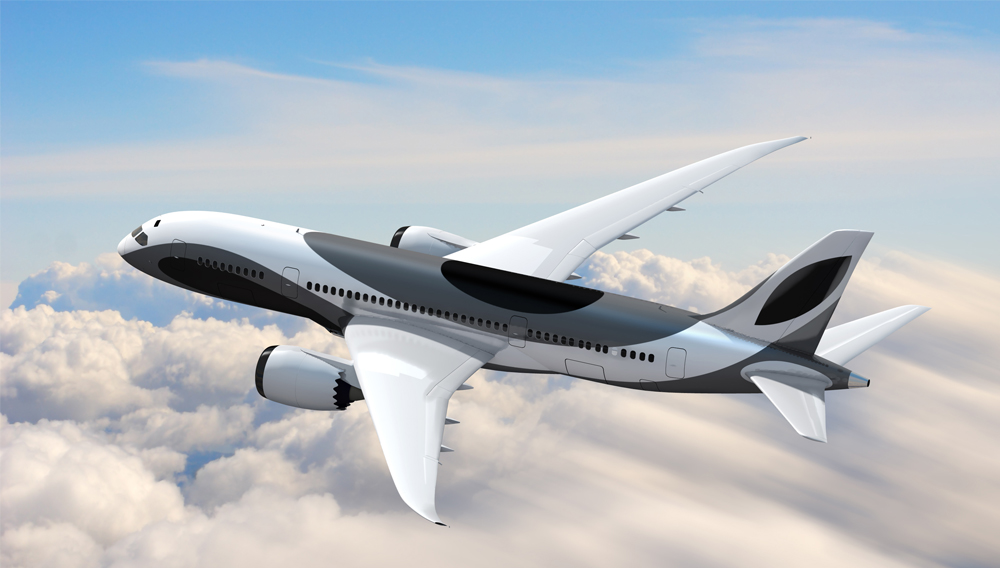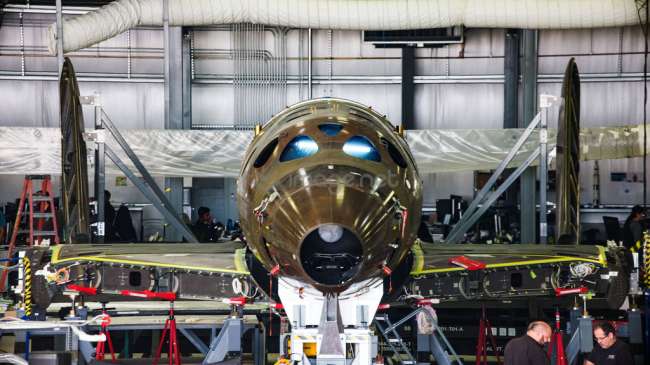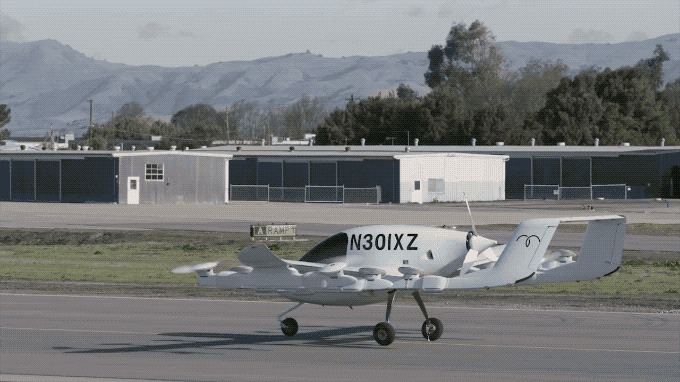- The two ultra long-range and exclusive jets are valued at $564 million according to list pricesBoeing Business Jets now has 16 orders for the 787 variant, making it one of the world’s most popular widebody business jets

Las Vegas, Nevada, October 22, 2019 — A VIP customer was behind the purchase of two ultra-long range 787-9 Dreamliner airplanes, Boeing [NYSE: BA] announced today at the National Business Aviation Association’s annual convention.
The order, placed in August, has a list price value of $564 million. The VIP customer has requested to be unidentified.
The BBJ 787-9, a business jet version of the technologically-advanced 787-9 Dreamliner, is sought after by customers who place a premium on the jet’s globe-spanning range, spacious cabin and unrivaled passenger comfort. The airplane can fly 9,485 nautical miles while offering amenities such as larger windows, a lower cabin altitude, smooth ride technology, cleaner and higher humidity air, and a quieter cabin.
“The BBJ 787-9 offers our most discerning customers the ability to travel in ultimate comfort and fly directly to just about any city on earth. We’re talking about London to Sydney or Tokyo to Cape Town. Our newest BBJ 787-9 customer can clearly see the possibilities and more,” said Ihssane Mounir, senior vice president of Commercial Sales and Marketing for The Boeing Company. “With a total of 16 orders to date, the BBJ 787 program has won over other government and private customers who want to work, rest, and arrive refresh and ready for a productive day.”
The BBJ 787-9 offers one of the most spacious cabins in the industry with 2,775 ft2 (257.8 m2) of space. The spacious cabin provides a large canvas for a range of interior design options to ensure ultimate comfort on those short or long-distance flights.
The BBJ 787 builds on the success of the 787 Dreamliner – the fastest-selling widebody airplane in history with more than 1450 orders from over 80 customers on six continents.












